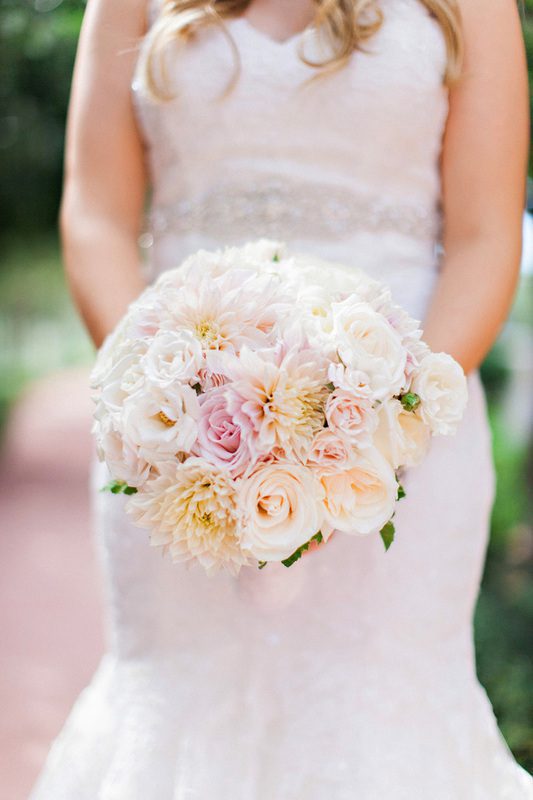Colorful spring with southern California Favorite – Lovely Ranunculus!

From the funny little tubers that look like little bunches of brown bananas sprout ranunculus. They are favorite bulbs of Southern California Brides, and no other flower is so riotous in spring. This is the time to plant ranunculus tubers, but first the good news, and then a little advice.
Last year, you might have noticed ranunculus being sold in pots at nurseries, even late in the spring. Some of those were grown from the tubers planted in containers and treated with growth regulator to be shorter than normal. But many were grown from seed, a new strain developed in Japan. Called Bloomingdale, it had a number of nursery people and gardeners excited, because, for the first time, ranunculus could be planted late in the season and still make a reasonable show. They also observed that the stems were shorter and sturdier than those of other ranunculus; that not only makes overhead watering easier (which is required frequently when ranunculus are planted as the weather is warming), but it also makes this ranunculus a good container plant.
Ranunculus must be grown in a full day of full sun; otherwise, they’ll be weak and tend to topple. Once growing, they need adequate water, but not so much that the soil hasn’t a chance to dry out a little. They also should be fertilized. Many people assume that everything a bulb needs is stored inside, but in the case of ranunculus, what’s inside is just enough to get them started. Six to eight weeks after planting, sprinkle any brand of granular fertilizer around the bases of the plants, and water it into the soil. Use the amount that the label suggests for flowers.
A month after that, fertilize again, this time with a liquid fertilizer. At this stage you don’t want to risk getting grains of concentrated fertilizer lodged between the leaves or petals. If any diluted liquid fertilizer gets on the foliage, it will only help, and that is one way to green up leaves that are turning a little yellow (if it is not from over-watering). Liquid fertilizers, incidentally, seem to be a little more effective in winter.
Planted now, ranunculus grown from tubers will flower in early spring, and if you haven’t had enough by then, remove them (there’s little point in saving them) and plant the seed-grown kinds, for another month of flowers.
For that matter, whenever a hole appears in the garden, add ranunculus to the list of suitable plants that can be purchased in flower for instant effect. And add the Bloomingdale strain of ranunculus to the list of flowers that excel in pots.



